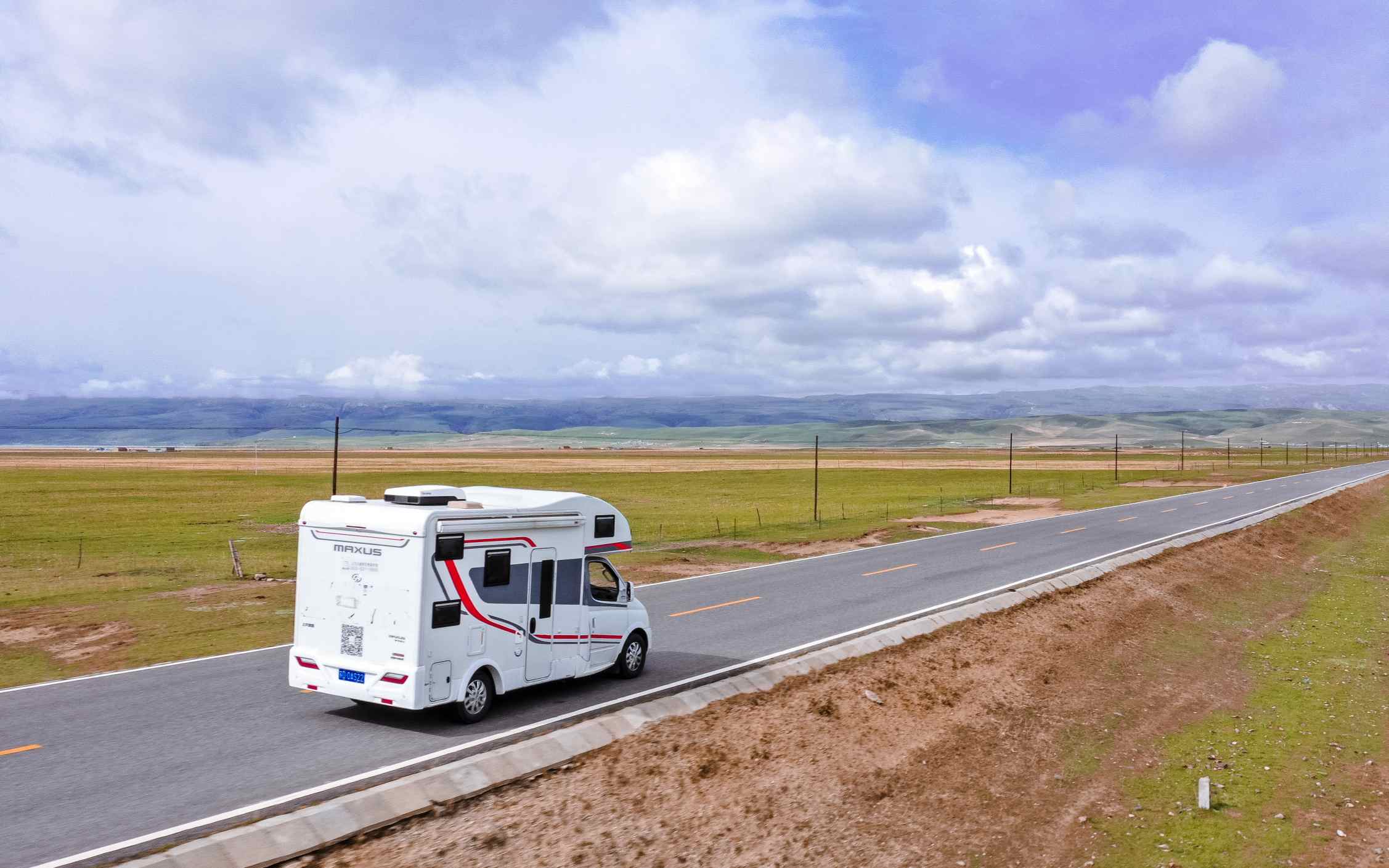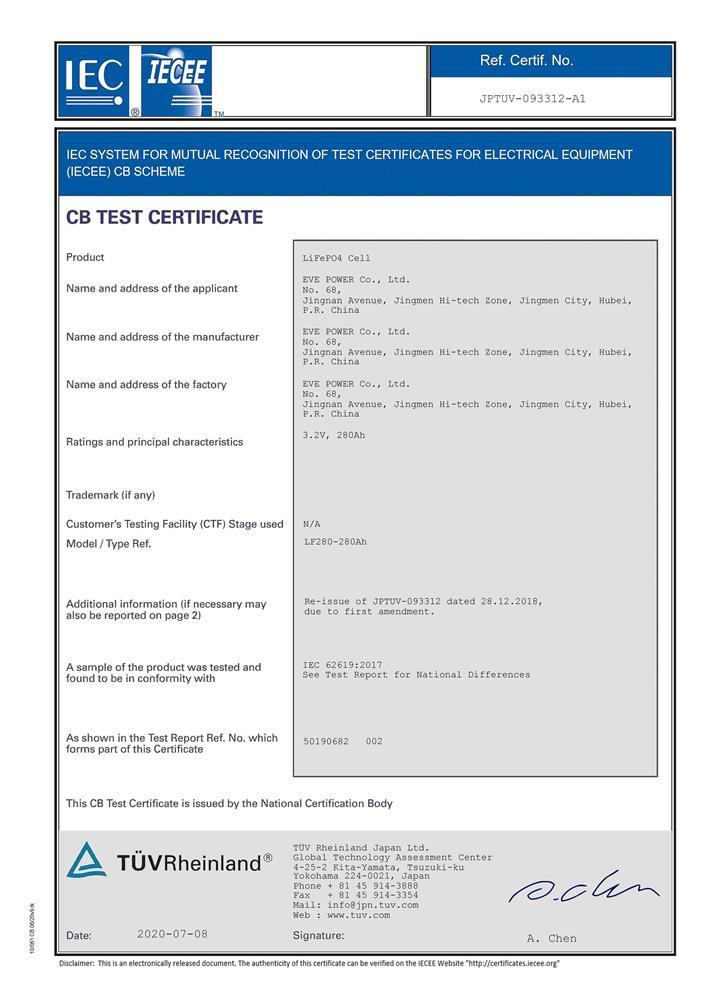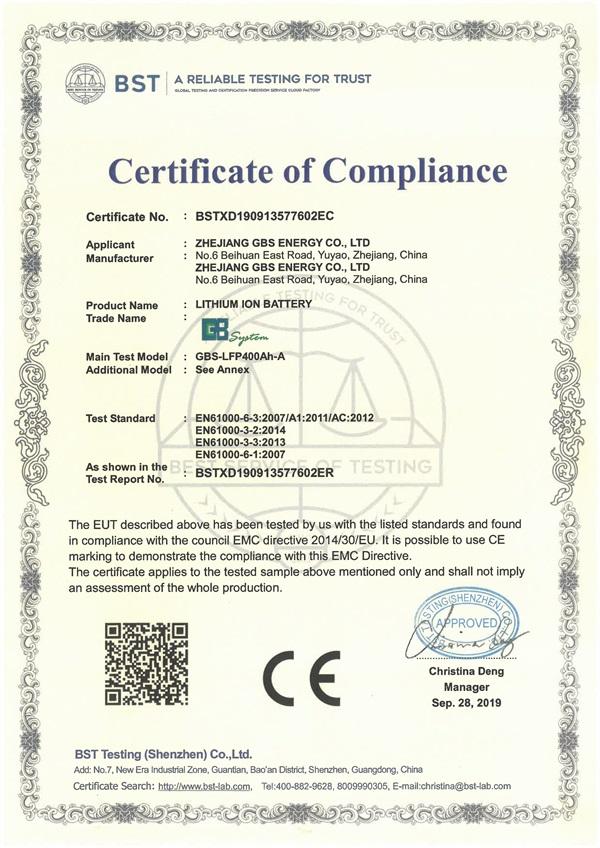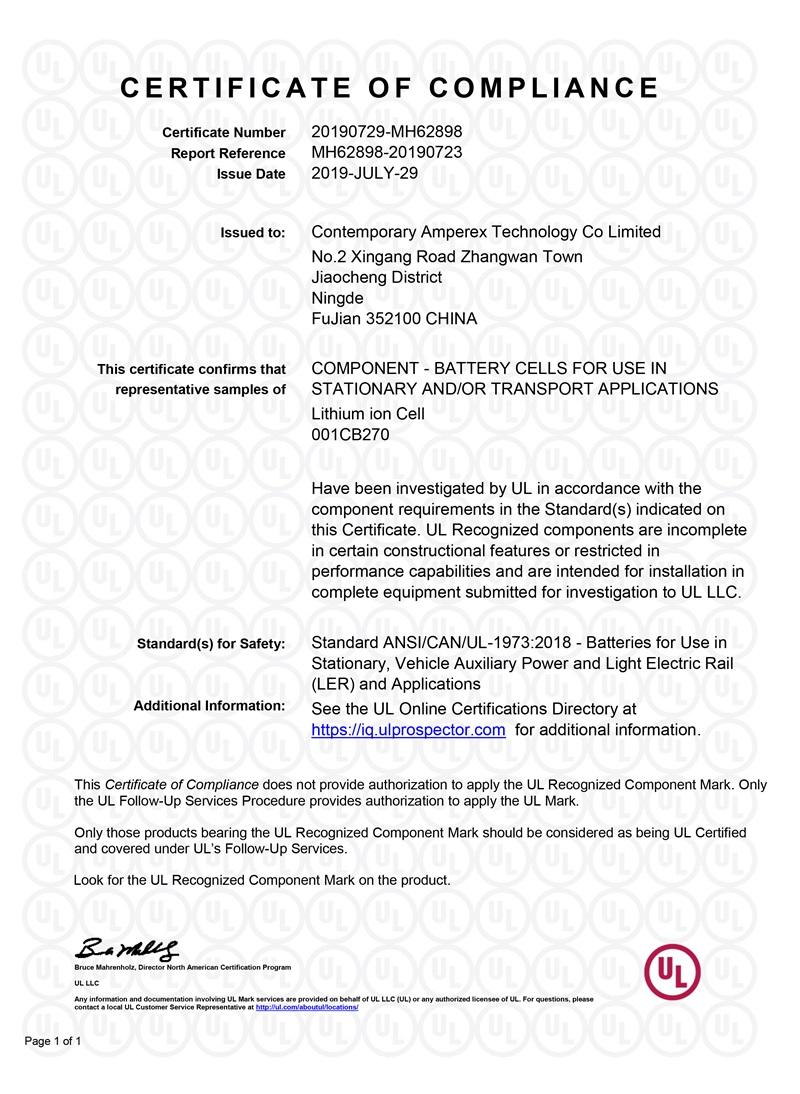Blog
Upgrade Your RV with LiFePO4 Batteries
2025-09-27 | Calvin

Switching to Lithium Iron Phosphate batteries (LiFePO4 batteries) is one of the smartest upgrades you can make to an RV. They’re lighter, last far longer, charge faster, and—crucially—deliver usable capacity that lead-acid and AGM batteries simply can’t match. Below I’ll walk you through what to know before you buy, how LiFePO4 stacks up to AGM, realistic cost and lifespan expectations, charging and installation tips, and an FAQ so you can make a confident purchase decision.
Table of contents
- What to know before buying RV batteries
- Why choose LiFePO4 for your RV
- AGM vs LiFePO4 — head-to-head comparison
- How much should you pay for LiFePO4 batteries for RVs?
- Realistic lifespan: how long will LiFePO4 batteries last?
- Charging, installation & safety tips
- FAQs
What to know before buying RV batteries
Before you buy, take five minutes to check these fundamentals — they’ll save you money and headaches later.
Capacity vs usable capacity. Don’t buy based on “100 Ah” alone. With LiFePO4 you can safely use ~90% of rated Ah; with lead-acid/AGM you’re usually limited to 40–50% usable. That changes how many batteries you need.
Cycle life and warranty. Understand the manufacturer’s cycle-life claim and warranty terms (cycles at a stated Depth of Discharge, DOD). Cycle ratings vary widely by brand.
Charging system compatibility. Your alternator, converter/charger and solar charge controller must be able to charge LiFePO4 to the voltages the battery maker specifies (typical bulk/absorb around 14.2–14.6 V for 12 V banks). If not, add a DC-DC charger or update settings.
BMS and protections. A good BMS (Battery Management System) protects cells from over-charge, over-discharge, high current and temperature extremes. Confirm BMS functions and cut-off thresholds.
Weight, mounting & ventilation. LiFePO4 batteries are much lighter than AGM of the same usable capacity; still secure them to a solid mounting point and follow any ventilation/clearance guidance from the manufacturer.
Why choose LiFePO4 for your RV
Short answer: more usable energy, less maintenance, and long service life.
- Higher usable capacity. You get far more useful amp-hours per rated Ah because LiFePO4 tolerates deep discharges without damage.
- Long cycle life. Quality LiFePO4 cells routinely provide thousands of cycles (commonly in the 2,000–5,000+ range under recommended conditions), which translates into many years of service.
- Weight and volume savings. For dry camping or long boondocking trips, every kilo counts—LiFePO4 improves payload and fuel economy compared with heavy flooded/AGM banks.
- Low maintenance & efficiency. No watering, very low self-discharge, and faster charge acceptance (less time on shore power or generator).
- Safety & chemistry advantage. LiFePO4 has better thermal and chemical stability than many other lithium chemistries, making it inherently less prone to thermal runaway when properly manufactured and managed.
AGM vs LiFePO4 — head-to-head
Here’s a concise comparison so you can weigh upfront cost vs lifetime value.
Lifespan
- AGM: Typically 300–700 cycles; often 3–5 years in RV use.
- LiFePO4: Commonly 2,000–5,000 cycles (and many manufacturers specify warranties of 5–10 years). Over time LiFePO4 is usually the cheaper option per cycle/kWh.
Usable capacity
- AGM: Use ~40–50% to preserve life.
- LiFePO4: Use ~80–90% safely — so a single LiFePO4 100 Ah will give you roughly twice the usable energy of a 100 Ah AGM.
Weight & space
- AGM: Heavier and bulkier for the same usable capacity.
- LiFePO4: Lighter and more compact — great for RV payload limits and center-of-gravity.
Charging & maintenance
- AGM: Tolerant of lower charge voltages and simple chargers; may need equalization and is heavier to maintain.
- LiFePO4: Require a charger or charger settings compatible with LiFePO4 charging voltages (typ. bulk/absorption 14.2–14.6V, float lower or managed by BMS). No watering; very low maintenance.
Price
- AGM: Lower upfront cost.
- LiFePO4: Higher upfront cost but lower lifetime cost per usable kWh because of longer life and deeper usable DoD. Recent market price checks for quality 12 V / 100 Ah LiFePO4 batteries range from roughly $700–$1,200 depending on features (Bluetooth, heating, integrated BMS)—premium brands can cost more.
How much should you pay for LiFePO4 batteries for RVs?
Expect a broad range depending on capacity, brand, and extras:
- Entry / budget 100 Ah LiFePO4: roughly $500–$800 (watch out—warranties and real cycle ratings vary).
- Mid-range quality 100 Ah with robust BMS and features (heating, Bluetooth): $700–$1,200.
- Large capacity modular systems (200–400 Ah or commercial brands): $1,500–$3,000+.
Remember: compare cost per usable kWh (price ÷ usable Ah) and warranty terms when deciding. Quality and after-sale support matter—cheap cells with a weak BMS are false economy.
How long will LiFePO4 batteries last in an RV?
Realistic lifespan depends on cycles, depth of discharge, charge voltages, temperature and care:
- Cycle life: Many LiFePO4 cells are rated for 2,000–5,000 cycles at specified DOD; high-quality packs can exceed that under ideal conditions. That typically converts to 5–15 years in real-world RV use depending on how often you cycle and how well you manage charge practice.
- How to extend life: Avoid continuous full over-voltage or extreme temperatures, use proper chargers and BMS, and avoid complete deep discharge on a regular basis. Battery University guidance suggests lower peak charge voltages can materially extend cycle life.
Charging, installation & safety tips
A few practical tips from installers and battery makers — follow them and avoid surprises.
1) Match charger voltages to the battery spec
LiFePO4 manufacturers commonly recommend absorption voltages in the 14.2–14.6 V range for a 12 V pack and float voltages around 13.4–13.6 V (but always follow the battery maker’s datasheet). If your RV’s alternator or converter tops out below those values, add a DC-DC charger or alternator-to-battery regulator.
2) Use a quality BMS and check what it protects
Confirm the pack’s BMS has over-charge, over-discharge, short-circuit and temperature protections. A trustworthy BMS is your safety net.
3) Alternator charging & DC-DC chargers
Many stock alternators and vehicle regulators were designed for lead-acid voltages and can’t push the 14.4 V LiFePO4 needs under load. A DC-DC charger (with alternator-compatible profile) is a low-cost insurance to ensure full charging and protecting your alternator.
4) Temperature considerations
LiFePO4 performs well in heat relative to many Li-ion types, but charging below freezing (0 °C / 32 °F) can damage cells unless the pack has internal heating or a temperature cutoff—check the spec sheet.
5) Safety: LiFePO4 is safer than many Li-ion types, but not “risk-free”
LiFePO4 chemistry is more chemically and thermally stable than cobalt-based chemistries and is less prone to violent thermal runaway — but safe installation, correct charging, and following the manufacturer’s SDS are still essential.
FAQs
Q1 — Can I swap LiFePO4 directly in for my AGM in the same space?
Often yes, but check weight, terminal layout, venting/clearance and mounting. Update charging settings or add a DC-DC charger if your current charger can’t hit the required LiFePO4 charge voltage.
Q2 — Do LiFePO4 batteries need maintenance?
Very little. No watering and very low self-discharge. Still, check terminals for corrosion, verify BMS health occasionally, and store at partial state of charge if parked long-term.
Q3 — Will my RV alternator charge LiFePO4 properly?
Not always. Many alternators or stock voltage regulators are tuned for lead-acid and may not reach the LiFePO4 absorption voltage—consider a DC-DC charger or alternator smart regulator.
Q4 — How many LiFePO4 Ah do I need?
Estimate daily energy needs in Ah (Appliance W ÷ 12 V = A). Multiply by days of autonomy (how many days you want off-grid), then allow a margin. Because LiFePO4 gives more usable Ah per rated Ah, you’ll often need fewer Ah than with AGM.
Q5 — Is LiFePO4 recyclable and eco-friendly?
LiFePO4 cells have fewer toxic materials than lead acid and are recyclable through specialist recyclers—still follow local recycling rules and battery return programs.
- Next:How LiFePO4 Batteries Enhance Golf Cart Performance and Efficiency
- Previous:Tesla Battery Types: A Simple Guide for Model S, 3, X, and Y
Contact Details
Lithium LiFePO4 Batteries and Lithium LiFePO4 Cells Supplier - LiFePO4 Battery Shop
Contact Person: Miss. Elena Wang
WhatsApp : +8615263269227
Skype : +8615263269227
WeChat :15263269227
Email : info@lifepo4batteryshop.com
All Products
- A123 Battery (5)
- Sinopoly Battery (7)
- GBS Battery (16)
- CALB Battery (22)
- Cylindrical Cell (3)
- Energy Storage System (0)
- Battery Management System (2)
- Sodium ion Battery Cell (3)
- Lithium Titanate Battery (16)
- Ternary Lithium Battery Cell (11)
- REPT Battery (8)
- BYD Battery (2)
- CATL Battery (14)
- Thunder Sky Winston Battery (21)
- EVE Battery (29)
- LiFePO4 Battery Cell (4)
Certification
Customer Reviews
- I have fond memories of our meeting in Shanghai with LiFePO4 Battery Shop Elena. Your company left a strong impression on me with its impressive growth and professionalism. We both value straightforwardness and honesty, which I believe are the most important qualities in any partnership. I am confident that we can build a successful collaboration based on these shared values. —— Robert from USA
- I've been working with LiFePO4 Battery Shop for years, and their reliability is unmatched. While other suppliers frequently change sales teams, LiFePO4 Battery Shop has consistently provided exceptional service with a stable team. Their commitment to quality and customer support truly sets them apart. —— Henry from Australia



